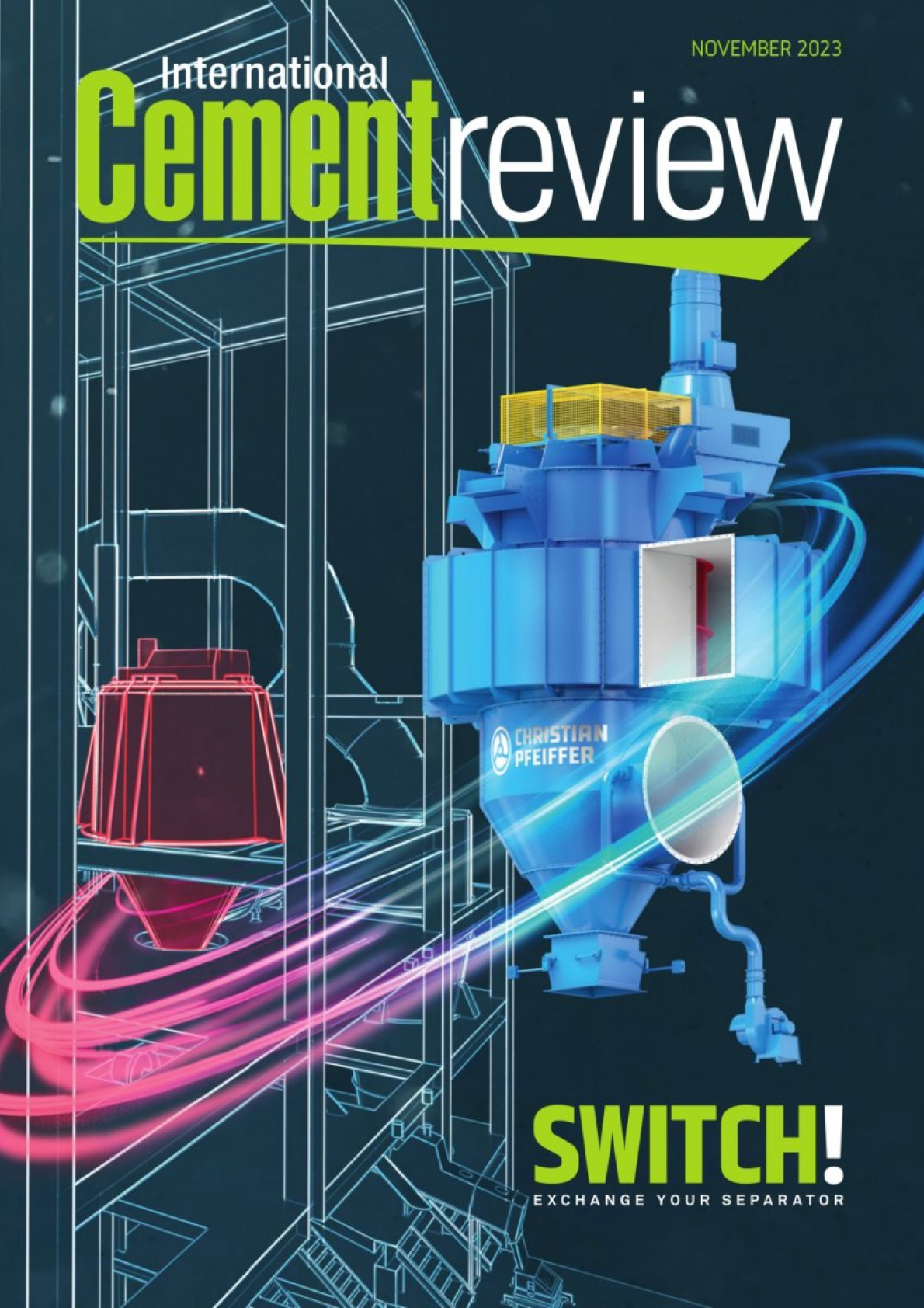Can any one please explain the effect of free silica/ quartz silica in kiln feed? Also if you have the analytical procedure to measure the same, kindly forward to me.
Free silica/quartz should have no adverse effect below a particle size of about 32um.
During the reaction in the kiln, large quartz grains react at their surface with nearby CaO grains to form C2S. The reaction in the absence of a liquid phase occurs by solid-solid reaction with CaO particles, so the smaller the particle sizes of both silica and calcite in the kiln feed, the quicker the reaction.
If the quartz particle is large enough, a wall of C2S forms around the remaining quartz, isolating it from surrounding CaO. The reaction SiO2 + 2CaO -> C2S becomes stalled at this point, and no matter how hard the clinker is burned, this free silica can never all react in time. This leaves two equivalents of unreacted CaO lime behind, which increases the free lime of the clinker.
A similar situation occurs if the large quartz grains are just small enough to completely react into C2S. The next step is for this C2S to react with further CaO dissolved in the liquid phase to form C3S, i.e., C2S + CaO --> C3S.
Again, if the C2S cluster resulting from a coarse quartz particle is large enough, a wall of C3S will form around the cluster, preventing CaO diffusion through to the center of the cluster, leaving behind a dense core of C2S. This results in one equivalent of free lime being left behind.
Re: Effect of Free silica/Quartz silica in Kilnfeed
Free silica/quartz should have no adverse effect below a particle size of about 32um.

